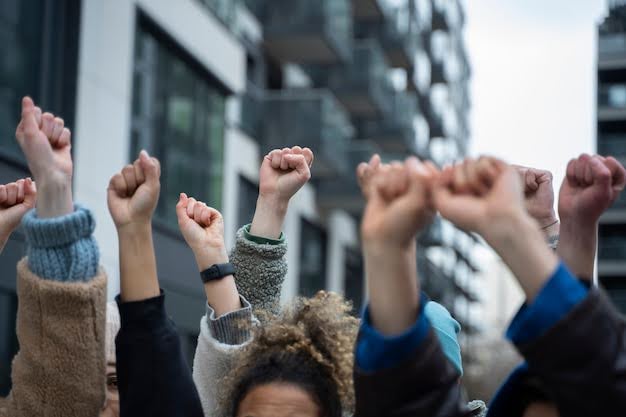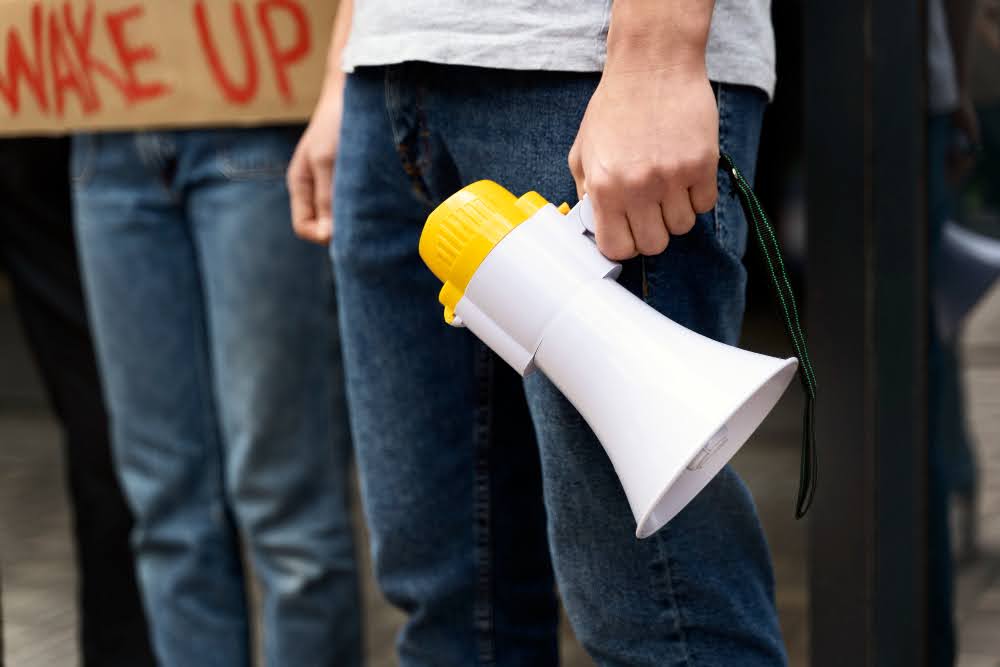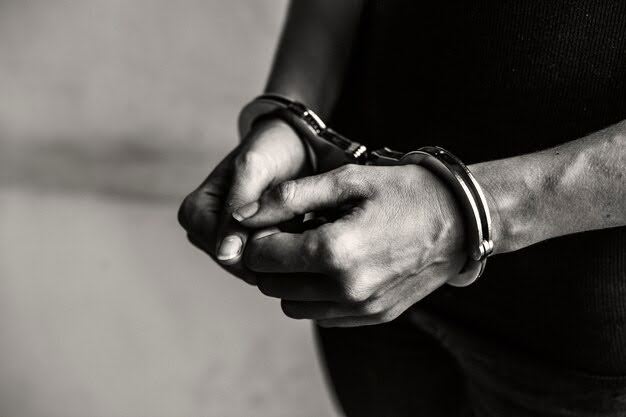
In Singapore, the term “rioting” carries significant weight. Rooted deep within our Penal Code, it finds its place both historically and in the contemporary legal discussions of the nation.
To truly understand the significance of rioting, one must explore the definition of rioting within the Singaporean legal context and consider the historical instances that have shaped its legal treatment.
The Legal Framework Surrounding Rioting
The Penal Code is the primary source detailing offences and their corresponding penalties. Though a term often colloquially used to describe various public disturbances, rioting has a specific definition and set of consequences under the law.
What The Penal Code Says About Rioting
Singapore’s Penal Code offers a comprehensive overview of rioting provisions. It differentiates rioting from other disturbances. For instance, while an “unlawful assembly” involves a group of five or more individuals with an everyday object that threatens public peace, it becomes rioting when this assembly resorts to criminal force or violence.
It’s essential to differentiate between rioting and other disturbances, such as protests or public gatherings. Rioting, under the Penal Code, involves explicitly using criminal force by a member of an unlawful assembly.
Section 146 of the Penal Code defines rioting as the use of criminal force or violence by a member of an unlawful assembly, acting in pursuance of the common object of that assembly. Meanwhile, Section 147 stipulates the penalty for rioting, which is imprisonment for a term extending to seven years and shall also be liable to caning.

Elements Of The Offence: Rioting
Rioting represents a serious breach of the law, where a group of individuals collectively engages in violent conduct that threatens the safety of others or property. Let’s dive into components that define rioting under Singaporean law, highlighting the specific criteria that must be met for a charge of rioting to be upheld.
Use Of Force Or Violence
The essence of rioting lies in using criminal force. This application of force, especially against a public servant commanded to disperse the assembly, aggravates the offence and its consequences.
The Need For A Common Object Or Intent
A mere gathering doesn’t amount to rioting. The presence of a shared, often malicious, intent or a common objective qualifies it as such. Whether this objective involves resistance to the police, overawing the government, or any act prohibited by law, it forms the bedrock of the offence.

Penalties For Rioting Under Singapore Law
Rioting is a severe offence punishable under Singapore law. If a person is deemed guilty of rioting they can face imprisonment of up to seven years if found guilty. Moreover, if the rioting is committed or conducted with a deadly weapon or anything used as a weapon which is likely to cause death, the imprisonment term can be extended.
Factors That The Court Will Consider During Sentencing
When sentencing an individual found guilty of rioting, the court will evaluate several factors:
- The severity of the violence or criminal force employed during the riot.
- The presence and use of a deadly weapon.
- The extent of damage to property or injury to individuals.
- The individual’s criminal record, if any.
- Whether the person was a mere member of an unlawful assembly or played a more significant role in inciting or participating in the riot.
- Resistance or compliance when commanded to disperse by a public servant.
Role Of Law Enforcement: Policing Strategies And Crowd Control
The police play a crucial role in preventing riots and managing unlawful assemblies. Their strategies include surveillance, intelligence gathering, and the strategic deployment of officers in areas where tensions are high.
Furthermore, in scenarios where a gathering is commanded to disperse and does not, the police may employ measures like barricades, tear gas, or water cannons to control and disband the assembly.
Community-Based Initiatives To Reduce Tensions And Prevent Riots
Community leaders, non-governmental organisations, and local councils often collaborate to reduce tensions and mediate disputes before they escalate. These initiatives range from community dialogues and conflict resolution seminars to grassroots campaigns promoting unity and understanding among diverse groups.
Importance Of Public Awareness And Education On The Consequences Of Rioting
Awareness and education are essential in deterring potential riots. Understanding the grave consequences, both in terms of legal penalties and societal repercussions can deter individuals from participating in such acts.
Schools, community centres, and media platforms play a pivotal role in educating the masses about the law, the detrimental effects of rioting on society, and the long-lasting impact a criminal record can have on an individual’s future prospects.
The Societal Impact Of Rioting
Rioting can have a huge impact on the city and citizens. This could either be economic decline, a strain on the relationship between citizens and law enforcement, and the views of outsiders on how safe said city is.
Economic Repercussions
Rioting doesn’t just disrupt peace; it also takes a toll on the economy. When riots occur, local businesses often face the brunt of the damage, with property destruction and theft leading to significant financial losses. Such disturbances also deter tourism, a crucial sector for Singapore. Visitors might postpone or cancel their plans, reducing tourism and hospitality industry revenue.
Societal Cohesion
Rioting can fragment a society, causing mistrust and fear. However, in the aftermath of these events, Singapore has consistently shown resilience. Community dialogues play a pivotal role in this recovery. These dialogues help heal wounds, debunk myths, and rebuild trust among diverse community members by facilitating open discussions.
Media Portrayal
The media has a profound influence on public perception. How it portrays rioting can either worsen tensions or promote understanding. Accurate, unbiased reporting is crucial to inform the public about the actual events and underlying issues, while sensationalist or skewed narratives can further polarise opinions.
Notable Rioting Cases In Singapore
When learning about certain circumstances, it is best to look into historical contexts and see how these circumstances arose. How they were dealt with by the government, and how it affected the city-state.
2013 Little India Riot
One of the most significant incidents in recent memory, the Little India Riot, was triggered by a fatal accident. It quickly escalated, with participants resorting to criminal force, causing damage to public property and even attacking public servants like the police.
The aftermath saw several individuals found guilty under the penal code, with some facing imprisonment. This event was a stark reminder of how quickly situations can escalate and the importance of adhering to the law.
1969 Race Riots Of Singapore
The 1969 race riots in Singapore were communal clashes that transpired between Malays and Chinese, influenced by the racial tensions from the 13 May Incident in Kuala Lumpur, Malaysia. Even though Singapore had gained independence from Malaysia in 1965, the racial unrest across the border echoed in the city-state.
Between 31 May and 6 June 1969, Singapore witnessed episodes of looting, arson, and confrontations. The disturbances resulted in 4 fatalities and left 80 individuals injured.
In response, the Singapore government swiftly imposed curfews and mobilised troops to restore order and harmony. The incident served as a poignant reminder of the city’s fragile racial balance and underscored the importance of racial harmony in Singapore’s multi-ethnic fabric.
Past Incidents
While both riots are frequently cited, Singapore has seen smaller unlawful assembly and rioting instances. Some of these events were motivated by misunderstandings, perceived injustices, or grievances.
Each case presented unique challenges to law enforcement and underscored the importance of public awareness and communication.
Every rioting case offers insights for future prevention. The law enforcement strategies have been continuously updated, with police now better equipped to handle large crowds and defuse tensions.
Public policies, too, have evolved, emphasising community integration, proactive communication, and early intervention.
Unlawful Assembly Vs Rioting
Sometimes, people will want to go to the streets for protests or demonstrations for certain causes. These can be peaceful, but other times they can be a cause for public disturbance, this is when they become unlawful assembly.
What Is An Unlawful Assembly?
In the context of Singapore’s penal code, an unlawful assembly is defined as a gathering of five or more individuals with a common object that threatens public peace. This common object can range from using criminal force against a public servant, resisting a legal process, or committing any offence.
When Does Unlawful Assembly Become A Riot
An unlawful assembly escalates to a riot when members commit criminal force or violence. The key distinction between the two lies in the actual execution of the threat. Simply put, while an unlawful assembly may possess a “common object” with the potential to disrupt public peace, a riot materialises that threat into action.
Related Offences: Affray
Affray, another term mentioned in the penal code, refers to a situation where two or more individuals fight in a public place, causing disturbance to the peace. Although it shares similarities with unlawful assembly and rioting, affray is distinct as it does not necessarily require the common object of the larger group, focusing instead on the physical disturbance caused by the fighting individuals.
Conclusion On Rioting In Singapore
The act of rioting, especially when it involves a deadly weapon or is likely to cause death, is grave under Singapore law. Such offences leave an indelible mark on an individual’s criminal record and have lasting impacts on society at large.
Collective efforts are imperative to preserve Singapore’s reputation as a peaceful, harmonious nation. Every citizen plays a role in maintaining public order, from understanding the repercussions of being a member of an unlawful assembly to recognizing when they are commanded to disperse.
Should anyone find themselves under arrest in legal complexities or need to better understand one’s rights and obligations, it’s advisable to seek professional counsel. The Singapore Lawyer stands ready to provide guidance, ensuring every individual navigates the legal landscape clearly and confidently.
Contact us today!
Frequently Asked Questions RiotingIn Singapore
Is Participating In A Peaceful Protest Considered An Unlawful Assembly?
Yes. Even peaceful assemblies without a police permit can be considered unlawful in Singapore, depending on the circumstances and location.
Can Foreigners In Singapore Be Deported For Participating In A Riot?
Yes, convicted foreigners found guilty of participating in riots or unlawful assemblies can face deportation on top of legal penalties.
Is The Act Of Watching A Riot Without Participating Considered An Offence?
Merely watching isn’t an offence, but it’s advised to leave the vicinity for safety and to avoid being mistaken as a participant.
Are There Different Types Of Riots?
Yes, under Singapore law, there are different types of riots, including unlawful assemblies that turn violent, riots involving five or more people using force to cause fear of injury or damage to property, and riots by public servants while on duty, each with distinct legal consequences. The severity of charges and penalties vary depending on the specific circumstances and level of violence involved in the riot.
